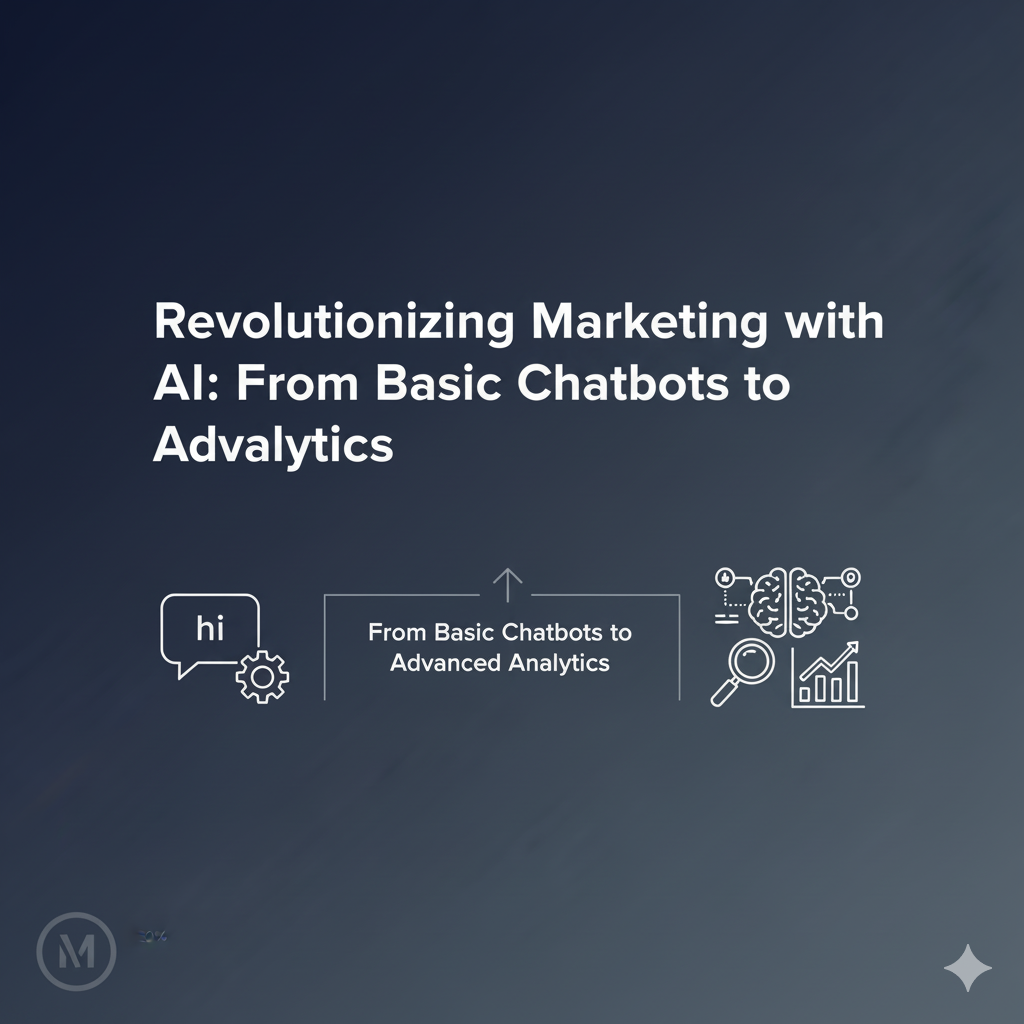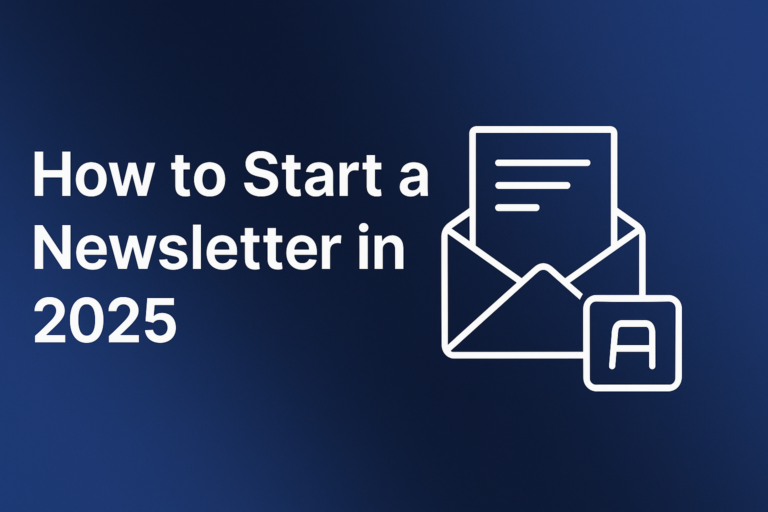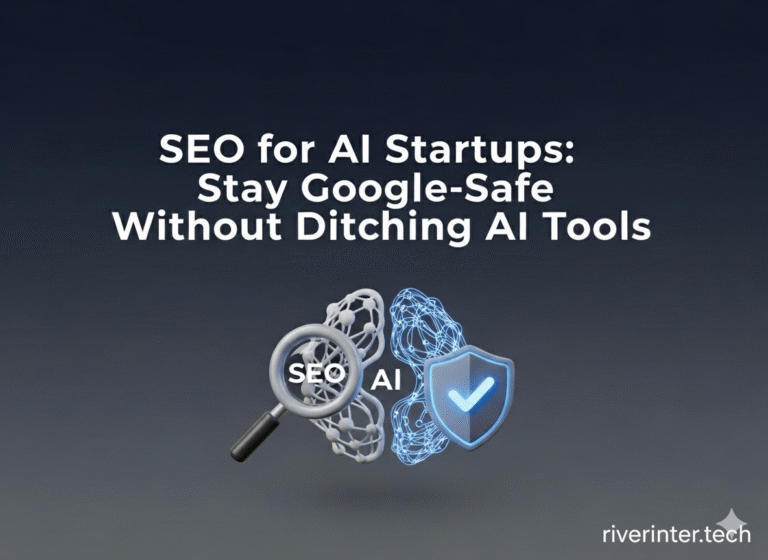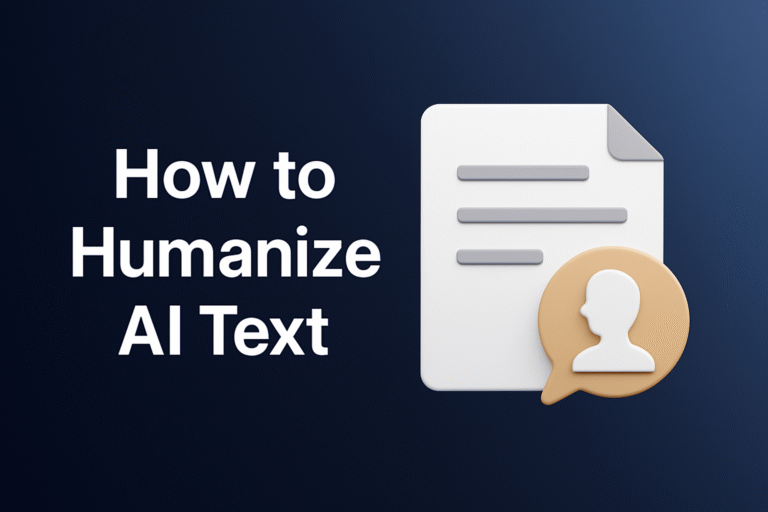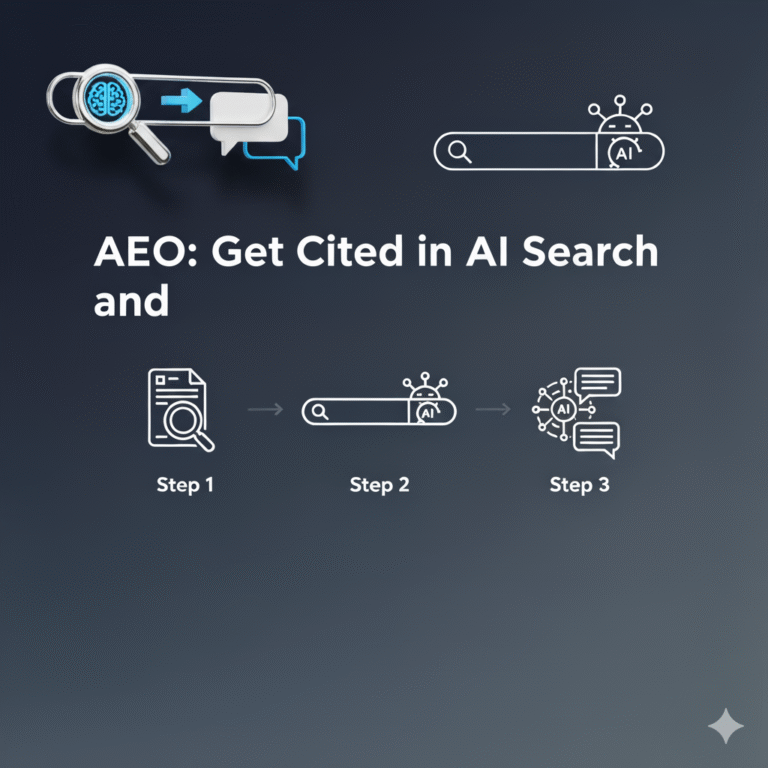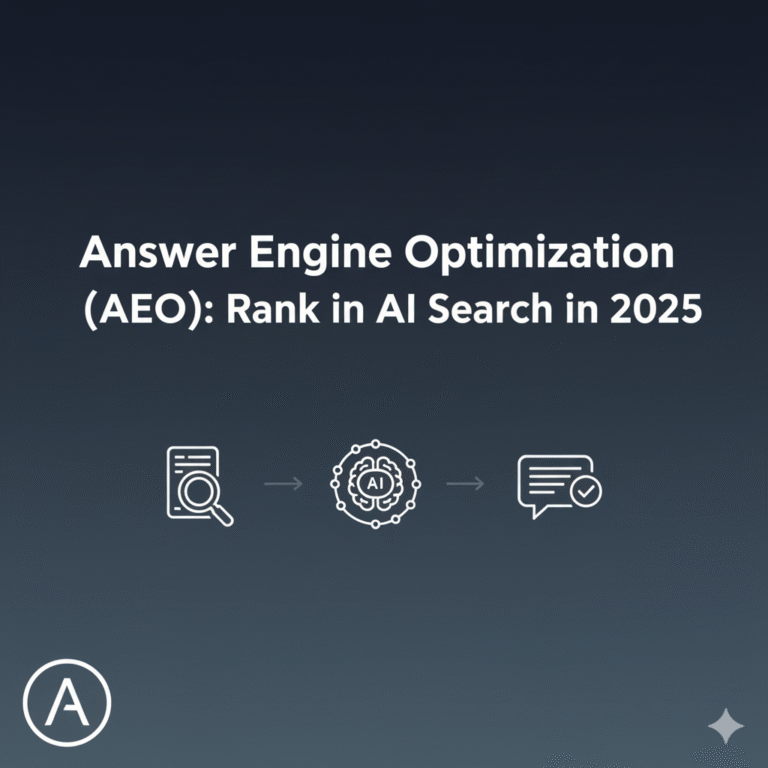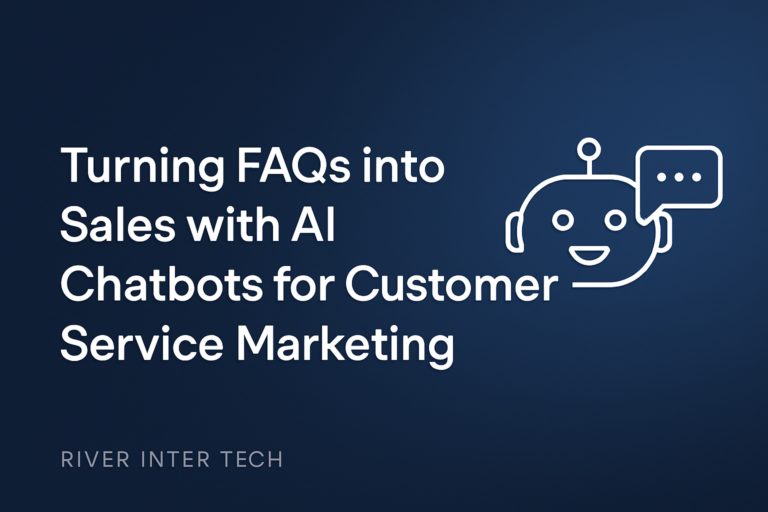Revolutionizing Marketing with AI: From Basic Chatbots to Advanced Analytics
Have you noticed how tough it is to keep up with all the new marketing tools? Most promise big results but end up adding more confusion instead of clarity. The truth is, everyone wants something that actually works, not another fancy dashboard with no impact on your real numbers.
One key thing stands out: almost 70% of people won’t even look at page two of search results. This means your brand must show up where people are looking, and that’s where AI in marketing comes in. AI isn’t just a buzzword anymore. It helps you move your brand to the top by making smart decisions, faster.
Instead of working more hours, you let smart tools handle the heavy lifting—like knowing when your audience is most likely to respond or finding new ways to get noticed. All these changes mean that AI is not just another trend. It’s a practical, results-driven way to get ahead in marketing right now.
Defining AI in Marketing: What Every Marketer Needs to Know
AI in marketing covers a lot more than chatbots answering simple questions. Think of chatbots as your starting point—they help with customer service, answer FAQs, and capture leads. But marketing AI has grown.
Now, it includes tools that use machine learning and natural language processing. These tools can analyze huge amounts of customer data. They learn what your audience likes and how they behave. When you use these advanced tools, your marketing can become much more personal.
For example, AI tools help you predict customer needs. If you know when someone is likely to buy, you can send the right message at just the right time. Businesses use predictive analytics for smart sales forecasting and risk management. This helps stop problems before they even start.
Instead of guessing what works, AI in marketing shows you the facts. This makes your job easier, not harder, because you spend less time worrying about what to try next.
How Marketing AI Evolved: From Simple Tools to Smart Systems
Marketing AI has changed a lot in just a few years. At first, chatbots only answered set questions with basic scripts. They were helpful but limited.
As technology got better, these bots started using natural language processing. This helped them have real conversations and made them feel more human. Then machine learning came onto the scene. Suddenly, you could track how thousands of people responded to different campaigns at once.
The AI would suggest the best actions based on real data, not guesswork. For example, companies that use AI-powered email segmentation have seen conversion rates jump by 25%. Marketers share stories about their old chatbots being hit-or-miss, but once they switched to smarter, AI-driven systems, everything changed.
These systems learned and improved with each campaign. That means the benefits of AI aren’t just about using a few tools. It’s about building a system that supports your goals and grows with your business, leveraging AI marketing strategies effectively.
How to Leverage AI Tools: A Simple Guide for Marketers
Getting started with AI doesn’t need to be complicated. The smartest way is to begin with a simple chatbot for customer support. Watch how it answers questions and solves basic problems.
Once you see results, you can add more advanced tools, like analytics that track user behavior. Many AI tools come with easy-to-read dashboards. You don’t need a tech degree to understand the results.
Try running a campaign that reacts to your users in real time. For example, you can set up an automated email that sends special offers when someone browses your site. Real case studies show engagement rates going up 30% after adding these tools.
To avoid getting overwhelmed, pick one tool to start, learn how it works, and then add more as you get comfortable.
Step-by-Step Approach to Implementing AI Tools
- Start with one basic tool, like a chatbot, to solve a clear problem.
- Track its performance and learn from the results.
- Add more sophisticated tools, such as analytics or personalized email automation.
- Join demos or download checklists to evaluate what fits your needs.
The key is to build up step by step for long-term results.
Overcoming Common Obstacles: Myths, Costs, and Team Skills
It’s normal to worry about the cost or complexity of AI in your marketing. The good news is that there are entry-level tools for every budget, and many work with your current software and existing marketing automation systems.
You don’t need to overhaul your whole system to get started. Some marketers think their teams need special training, but most AI tools offer easy guides and help centers. Your team can learn in small steps and improve as they go.
Another myth is that only giant companies can afford or benefit from AI. But small businesses see great results too—like one e-commerce store that boosted ROI by 40% in six months with basic AI insights. Many platforms even help you clean and organize your existing data, so you don’t need perfect records to start.
The most important thing is to focus on your top marketing challenges. AI can solve many of them without a big investment or steep learning curve.
Future Trends & Roadmap: Where Smart Marketing Is Heading Next
Marketing AI is moving from simple automation toward truly intelligent systems. In the near future, expect tools that predict customer actions and create personalized content in real time.
Imagine launching an ad campaign and seeing the results update instantly—AI in advertising will make this possible. You’ll be able to tweak your strategy on the fly, without waiting for reports or sifting through raw data.
Staying ahead means following the latest AI trends, joining webinars, and engaging with others in your field. Brands that invest now in flexible, AI-powered tools will shape their market. You don’t have to be a big player to lead the way.
By staying curious and testing new tools, you can set trends instead of chasing them. The next wave of AI will make your digital marketing smarter, faster, and more adaptable to changing needs.
Next Steps: Take Action and Lead Your Team Forward
It’s time to put AI to work for you. Start by picking one tool that solves a clear problem—like customer support or campaign tracking. Run a test and watch the results.
Measure what works and build from there. Download a readiness checklist to see which AI tools can help you next. If you want more support, schedule a strategy call to get advice tailored to your business.
Remember to share your successes and challenges with your team or online community—you’ll learn faster and help others too. Every step forward with AI makes your digital marketing more future-proof.
Make a smart move now and your team will thank you later.
Conclusion
AI in marketing is transforming how businesses engage with their audiences by using advanced tools like chatbots, natural language processing, and predictive analytics. These innovations are not just trends; they’re pivotal elements that help brands stand out in the competitive digital landscape.
By adopting these technologies, companies can enhance their marketing efforts, make data-driven decisions, and ultimately, achieve substantial growth. So, embrace these changes and lead your team into the future of marketing.
FAQ
How do I pick the right AI tool for my team?
Focus on your main problem first—like support, analytics, or ads. Find a trusted tool that fits your budget and run a pilot test to see the impact.
Are these tools only for big brands?
No, many small businesses thrive with affordable AI platforms. You can start small and upgrade as you grow.
Will I need to overhaul my strategy?
Usually not. Most AI solutions blend into your current workflow, so you can improve step by step, not all at once.
Is my data secure with AI tools?
Top providers use strong security and clear policies. Always check reviews and company certifications before you commit.
Let AI handle the busywork so you can focus on what matters—growing your business and leading your team forward.

